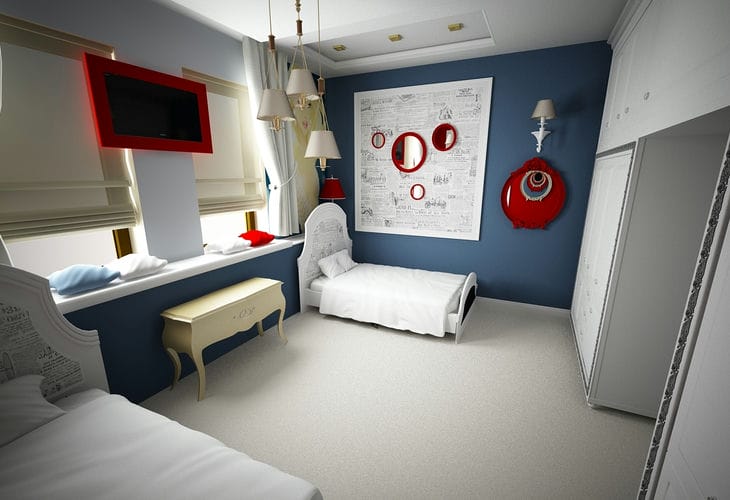These 5 interior design mistakes instantly reveal a lack of style
You walk into a room and something immediately catches your eye.
Everything seems to be in place, the furniture is new, the colors are selected, but it feels like it was not a designer who worked here, but a random passerby from the street.
Sound familiar? Many people don't even suspect that their home is showing off taste issues due to little things that are easy to fix.
Let's go over the most common mistakes that spoil the impression and make guests look at each other meaningfully.
What little things reveal bad taste?
The first trap is an excessive passion for mass-market decor. Paintings with flowers in golden frames or swan figurines that can be found in every second store have long become a symbol of a template approach.

These things don't add personality, but turn the space into an exhibition of standard solutions. Instead, it's worth looking for something unique, such as a handmade lamp or a poster from a local artist. It doesn't have to be expensive, but it immediately raises the level of perception of the room.
Then there is the problem of proportions. A huge sofa in a tiny living room or, conversely, a miniature table in a spacious dining room looks ridiculous.
People often choose furniture based only on its appearance, forgetting how it will fit into the space. If the room seems overloaded or empty, this is the reason.
Before buying, it is worth measuring the room and figuring out how the items will go together. Even a beautiful thing loses its charm if it is out of place.
Another mistake is color chaos. Some people paint the walls bright red, add green curtains and a yellow carpet, thinking that it looks bold. In reality, it creates visual noise that tires the eyes.
Harmony in the interior is built on the balance of shades. If you want to experiment, it is better to take a neutral palette as a basis and add one or two accents. For example, beige walls with a blue chair and pillows in the same tone look stylish and do not irritate.
The next point is ignoring lighting. A single chandelier in the middle of the ceiling or a dim light bulb in the corner can kill even the most thoughtful design. Light affects the mood and perception of space more than it seems.
Ideally, you need to combine several sources: ceiling light for the general background, table lamps for coziness, sconces for accents. This is not only practical, but also adds depth to the room.
Finally, clutter. Open shelves filled with souvenirs, books, and random items create a sense of disorder. Even if these are expensive items, their abundance negates the efforts to create a stylish interior.
It's better to keep a few key elements that really mean something and put the rest in closed cabinets. Simplicity is in fashion now, and it works better than it seems.
Correcting these mistakes is not as difficult as it may seem. The main thing is to look at your home with a fresh eye and not be afraid to remove the unnecessary. Then the space will sparkle in a new way, and no one will dare to doubt your taste.
